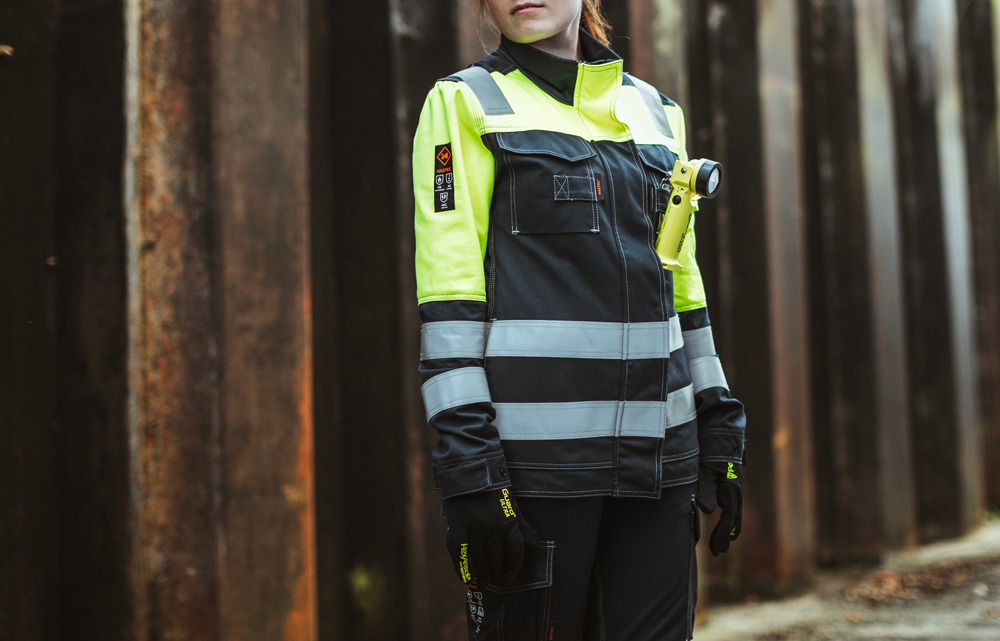Ultimate Guide: Choosing the Best Energy Industry Workwear
Energy industry workwear is engineered to meet stringent requirements and safeguard workers against various hazards prevalent in this demanding sector. From fabric technology to resistance properties and ergonomic design, here are the pivotal elements that make workwear suitable for the hazards of the energy industry.
Fabric technology
The backbone of any uniform used in hazardous conditions lies in its fabric technology. Materials like flame-resistant (FR) fabrics, such as Modacrylic, inherently protect against fire hazards. These fabrics don’t ignite, melt, or drip, providing a vital safeguard against thermal risks. Additionally, blends like Kevlar or Twaron offer exceptional strength and cut resistance, crucial in environments where sharp tools or materials are present. Breathability is equally essential to ensure workers stay comfortable during long shifts, making moisture-wicking and breathable fabrics a priority.

Durability
Industrial workwear features must be able to withstand the rigours of the energy sector. Durable construction, reinforced seams, and abrasion-resistant fabrics ensure longevity even when exposed to harsh conditions. This resilience is vital, as it not only enhances the lifespan of the clothing but also ensures consistent protection for the wearer throughout the garment’s lifecycle.
Resistance properties
Premium energy industry clothing should possess various resistance properties tailored to the specific hazards within the sector. Flame resistance is paramount, given the prevalence of flammable materials. Chemical resistance is equally critical to shield against exposure to corrosive substances commonly found in energy-related work. Antistatic properties are also vital to prevent static electricity build-up that could lead to sparks in sensitive environments. All of our Orka and Haztec garments meeting EN1149 and EN11612 anti-static and flame resistant standards. The Haztec garments have the additional benefit of Chem splash EN13034.
Ergonomic design
Comfort and functionality are non-negotiable in energy workwear. Ergonomic design elements, such as strategically placed pockets for tools or devices, adjustable closures for a customised fit, and articulated joints for ease of movement, ensure that workers can perform their jobs without restriction or discomfort. Designing workwear with ergonomic considerations not only enhances comfort but also reduces the risk of injuries caused by restricted movement.
Choosing the best energy sector uniforms
When selecting workwear for the energy industry, you should always prioritise certified garments that meet industry standards. These garments are more than mere clothing; they qualify as Personal Protective Equipment (PPE) and adhere to the stringent safety guidelines outlined by the EN Standard, specifically antu-static EN1149, ensuring their efficacy in safeguarding workers.
High-quality energy workwear essentials encompass a combination of fabric technology, durability, resistance properties, and ergonomic design. The best energy sector uniforms are those that seamlessly integrate these key aspects to provide optimal protection, comfort, and functionality for workers facing the challenges inherent in this high-risk industry. Investing in premium energy industry clothing is a commitment to the safety and well-being of those powering our world.
